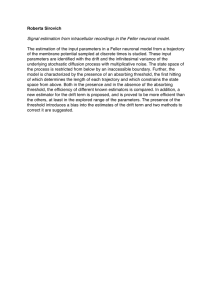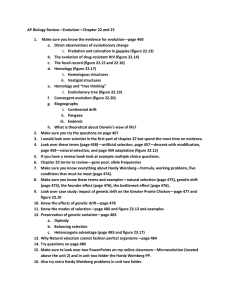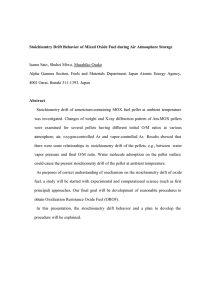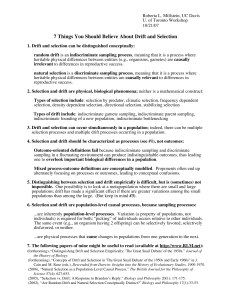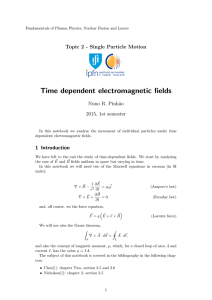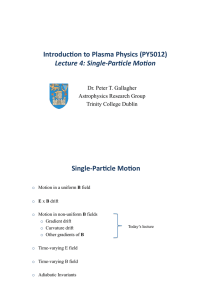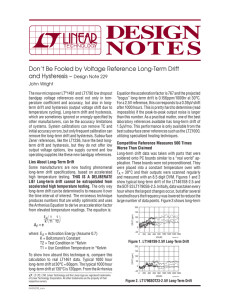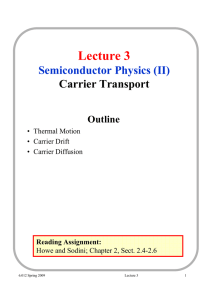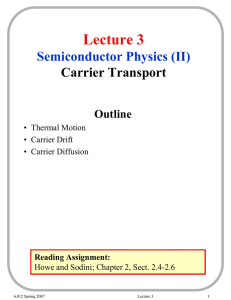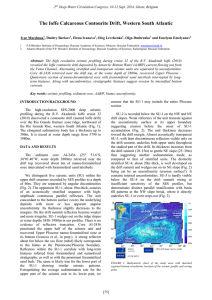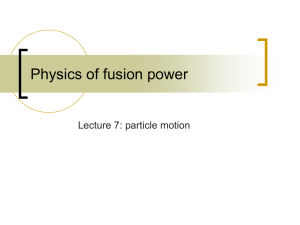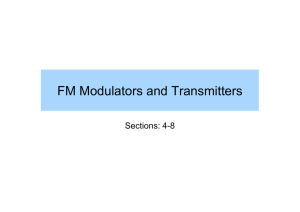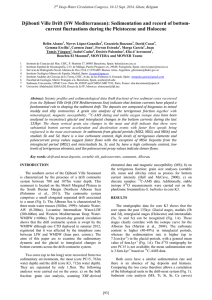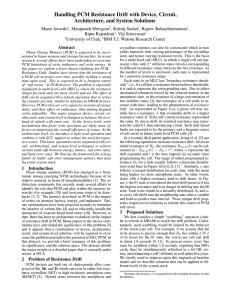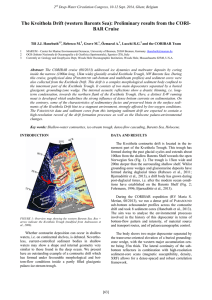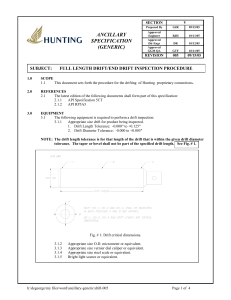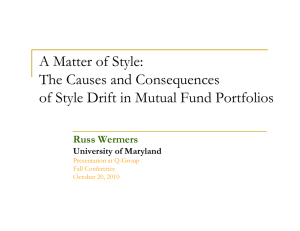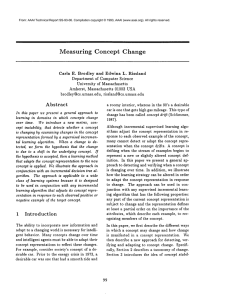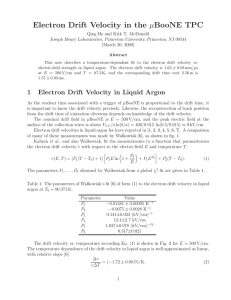Vandenbulcke Luc , Fabian Lenartz , Jean-Marie Beckers
advertisement
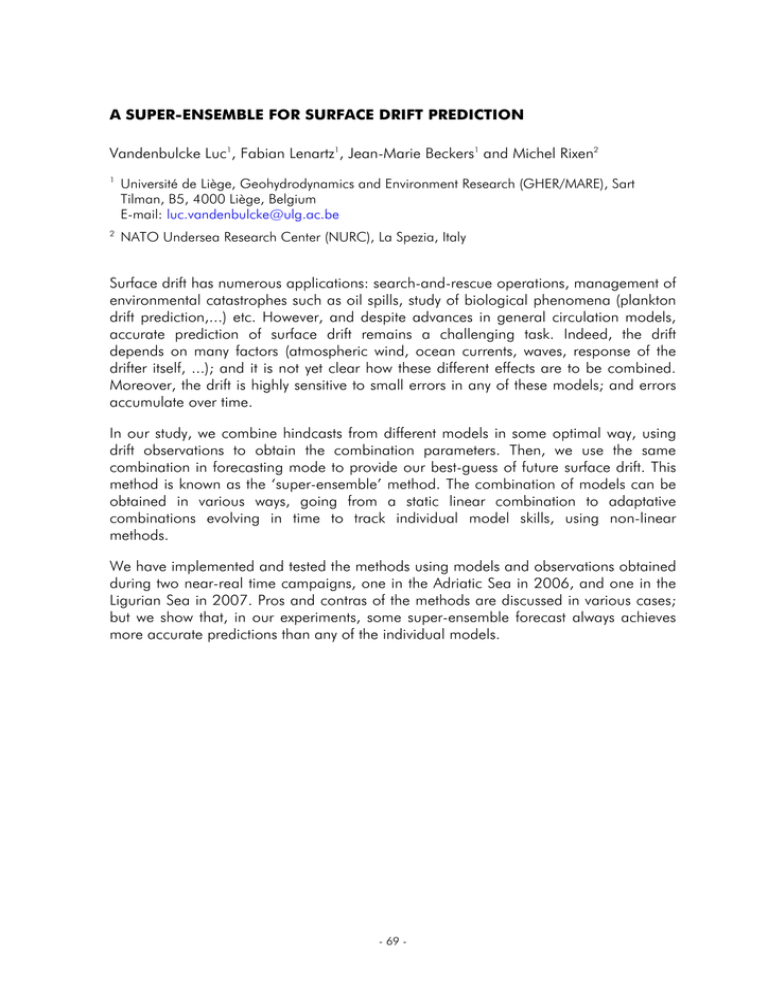
A SUPER-ENSEMBLE FOR SURFACE DRIFT PREDICTION Vandenbulcke Luc1, Fabian Lenartz1, Jean-Marie Beckers1 and Michel Rixen2 1 Université de Liège, Geohydrodynamics and Environment Research (GHER/MARE), Sart Tilman, B5, 4000 Liège, Belgium E-mail: luc.vandenbulcke@ulg.ac.be 2 NATO Undersea Research Center (NURC), La Spezia, Italy Surface drift has numerous applications: search-and-rescue operations, management of environmental catastrophes such as oil spills, study of biological phenomena (plankton drift prediction,...) etc. However, and despite advances in general circulation models, accurate prediction of surface drift remains a challenging task. Indeed, the drift depends on many factors (atmospheric wind, ocean currents, waves, response of the drifter itself, ...); and it is not yet clear how these different effects are to be combined. Moreover, the drift is highly sensitive to small errors in any of these models; and errors accumulate over time. In our study, we combine hindcasts from different models in some optimal way, using drift observations to obtain the combination parameters. Then, we use the same combination in forecasting mode to provide our best-guess of future surface drift. This method is known as the ‘super-ensemble’ method. The combination of models can be obtained in various ways, going from a static linear combination to adaptative combinations evolving in time to track individual model skills, using non-linear methods. We have implemented and tested the methods using models and observations obtained during two near-real time campaigns, one in the Adriatic Sea in 2006, and one in the Ligurian Sea in 2007. Pros and contras of the methods are discussed in various cases; but we show that, in our experiments, some super-ensemble forecast always achieves more accurate predictions than any of the individual models. - 69 -


